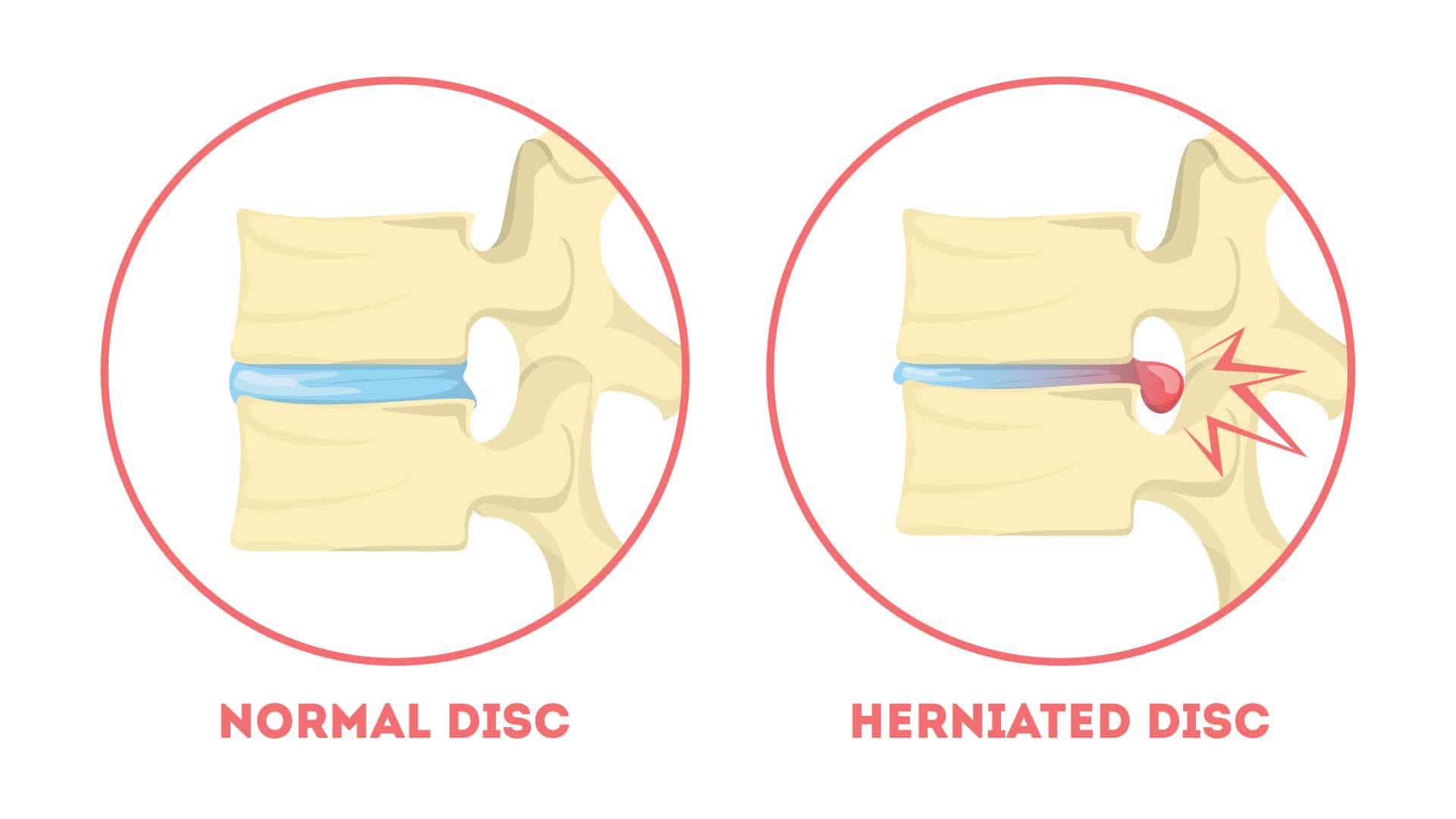
Pain Management Techniques for Lumbar Disc Issues
Effective pain management is crucial for individuals suffering from lumbar disc
problems. Several techniques can help alleviate pain and improve comfort. These methods
range from conservative approaches to more advanced medical interventions. Here are some
of the most effective pain management techniques:
1. Medications: Over-the-counter pain relievers such as ibuprofen, acetaminophen, and
naproxen can provide temporary relief. For more severe pain, doctors may prescribe
stronger medications, including muscle relaxants, narcotics, or anti-inflammatory drugs.
2. Physical Therapy: A physical therapist can design a personalized exercise program to
strengthen the muscles supporting the spine, improve flexibility, and reduce pain.
Techniques may include stretching, core strengthening, and low-impact aerobic exercises.
3. Hot and Cold Therapy: Applying heat or cold packs to the affected area can help
reduce inflammation and alleviate pain. Heat therapy can relax muscles and improve blood
flow, while cold therapy can numb the area and reduce swelling.
4. Epidural Steroid Injections: For those experiencing severe pain, epidural steroid
injections can provide significant relief. These injections deliver corticosteroids
directly into the epidural space around the spinal nerves, reducing inflammation and
pain.
5. Alternative Therapies: Some individuals find relief through alternative therapies
such as acupuncture (sedative), chiropractic care, and massage therapy. These methods
can help alleviate pain and improve overall well-being.
Improving Quality of Life with Lumbar Disc Treatment
Living with lumbar disc issues can significantly impact your quality of life. However,
with the right treatment and lifestyle adjustments, you can continue to lead an active
and fulfilling life. Here are some strategies to improve your quality of life:
1. Maintain a Healthy Weight: Excess weight can put additional strain on your spine,
exacerbating lumbar disc problems. Maintaining a healthy weight through a balanced diet
and regular exercise can help reduce stress on your back and alleviate pain.
2. Stay Active: Regular physical activity is essential for maintaining spinal health.
Low-impact exercises such as walking, swimming, and cycling can help keep your spine
flexible and strong. Avoid activities that involve heavy lifting or twisting motions, as
these can worsen your condition.
3. Practice Good Posture: Proper posture can help reduce strain on your spine and
alleviate pain. When sitting, ensure your back is well-supported, and your feet are flat
on the floor. When standing, distribute your weight evenly on both feet and avoid
slouching.
4. Use Ergonomic Furniture: Investing in ergonomic furniture can make a significant
difference in your comfort levels. Choose chairs with good lumbar support, and consider
using a standing desk to reduce the amount of time you spend sitting.
5. Manage Stress: Chronic stress can exacerbate pain and tension in your back. Practice
stress-reducing techniques such as deep breathing, meditation, and yoga to help manage
stress and improve your overall well-being.
6. Get Adequate Sleep: Quality sleep is essential for your body to heal and recover.
Ensure your mattress and pillows provide adequate support for your spine, and establish
a regular sleep routine to promote restful sleep.
Comprehensive Lumbar Disc Treatment Options
There are various lumbar disc treatment options available, ranging from conservative
approaches to surgical interventions. Understanding these options can help you make
informed decisions about your care. Here are some of the most effective lumbar disc
treatment options:
1. Non-Surgical Treatments: Many individuals find relief through non-surgical
treatments. These may include physical therapy, medications, and lifestyle
modifications. Non-surgical treatments are often the first line of defense and can be
highly effective in managing symptoms.
2. Minimally Invasive Procedures: For those who do not respond to conservative
treatments, minimally invasive procedures may be an option. These procedures, such as
microdiscectomy or endoscopic discectomy, involve removing the portion of the disc that
is pressing on the nerves. These procedures typically have shorter recovery times and
less post-operative pain compared to traditional surgery.
3. Traditional Surgery: In severe cases, traditional surgery may be necessary.
Procedures such as laminectomy or spinal fusion can provide significant relief for
individuals with chronic pain and nerve compression. While these surgeries have longer
recovery times, they can offer long-term benefits for those with severe lumbar disc
issues.
4. Regenerative Medicine: Emerging treatments in regenerative medicine, such as stem
cell therapy and platelet-rich plasma (PRP) injections, show promise in promoting
healing and reducing pain. These treatments involve using the body's natural healing
processes to repair damaged tissues and improve function.
5. Pain Management Programs: Comprehensive pain management programs can help individuals
manage their symptoms and improve their quality of life. These programs often include a
combination of physical therapy, medications, and counseling to address the physical and
emotional aspects of living with lumbar disc issues.
In conclusion, effective lumbar disc treatment options are available to help you achieve
a pain-free life. By exploring various pain management techniques, improving your
quality of life through lifestyle adjustments, and understanding the comprehensive
treatment options, you can take control of your condition and enjoy a more active and
fulfilling life. If you are in Jaipur, Rajasthan, and are seeking expert care for lumbar
disc issues, our team is here to help you on your journey to recovery.

.jpeg)
.jpeg)
.jpeg)